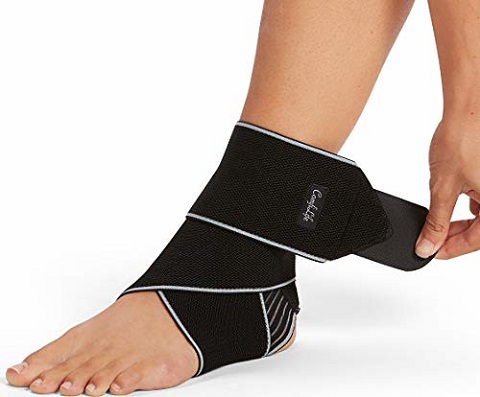The Best Guide To Foot Braces
The Best Guide To Foot Braces
Blog Article
The smart Trick of Foot Braces That Nobody is Discussing
Table of Contents10 Easy Facts About Foot Braces DescribedFacts About Foot Braces RevealedNot known Details About Foot Braces
(1) History: ankle-foot orthosis (AFO) is the most commonly suggested orthosis to individuals with foot decrease, and ankle joint and foot issues. In this study, we intended to examine the frequently used kinds of AFO and introduce the current advancement of AFO. (2) Methods: narrative testimonial. (3) Results: AFO protects against the foot from being dragged, supplies a clearance in between the foot and the ground in the turning stage of stride, and preserves a steady posture by allowing heel contact with the ground throughout the stance phase.By placing thermoformed plastic to cover the favorable plaster version, it produces the orthosis in the exact shape of the model. PAFO frequently includes a shank shell, foot plate, and Velcro band, with hinges on ankle joints as required [13,14] PAFO can be categorized according to the visibility of joints, mainly as strong ankle joint kinds without hinges and hinged ankle kinds with added joints.
The leaf-like creases are meant go to website to enhance the part of the ankle with the most amount of motion and repeated loadings. The creases serve as a spring in the ankle that enables slight dorsiflexion in you can find out more the mid and terminal stances, and this flexibility can also marginally aid the push-off function in the incurable stance.

Some Ideas on Foot Braces You Should Know
The plantarflexion can additionally be completely limited by fitting the shells at 90 without room in between. The Gillette joint, like the Oklahoma joint, attaches a separate shank shell with the foot covering, allowing both plantarflexion and dorsiflexion. HAFO is commonly utilized in youngsters with abnormal diplegia and patients with spastic hemiplegia after stroke, as it can stretch the ankle plantar flexor to decrease tightness and minimize topsy-turvy muscle-response patterns.
